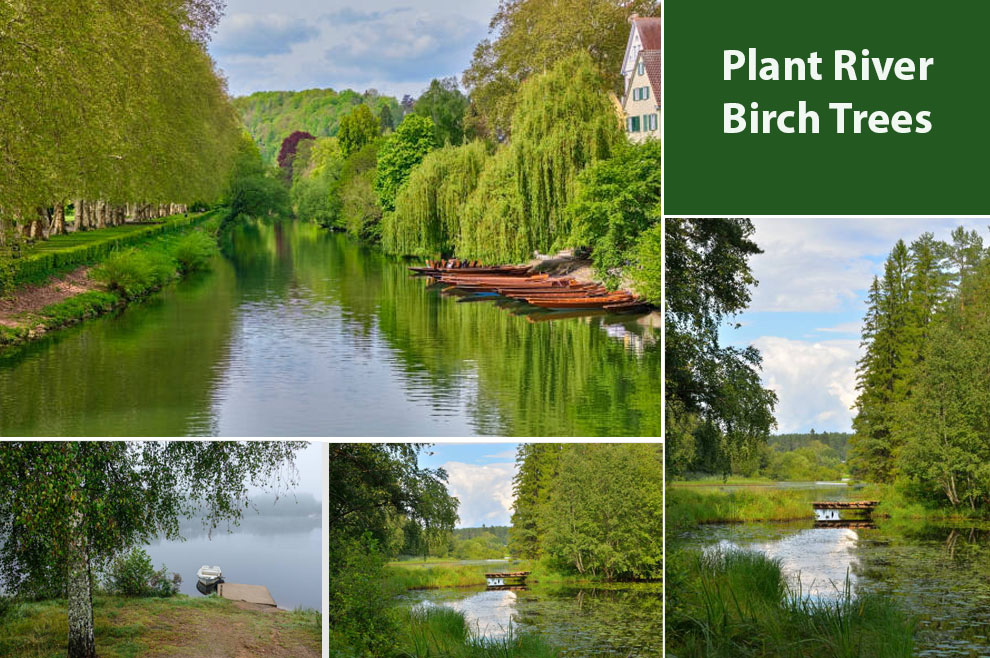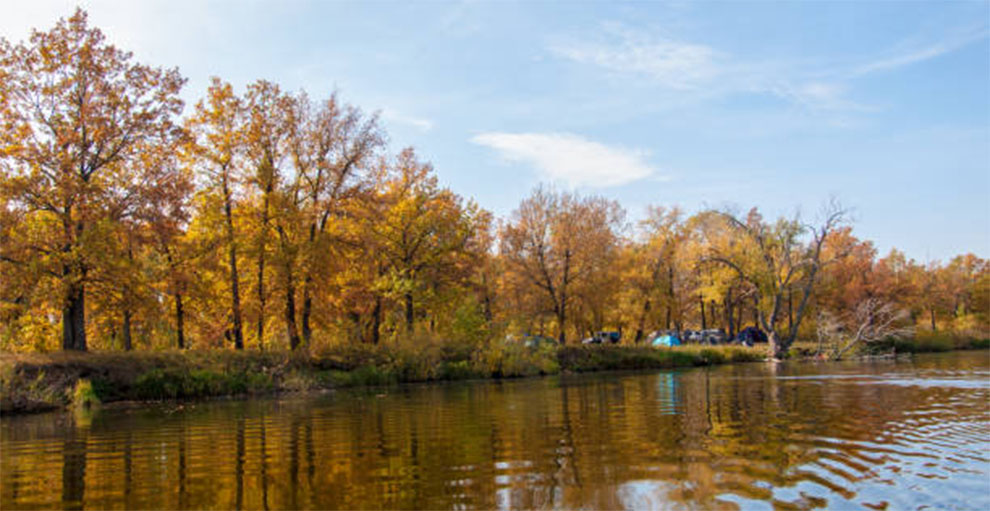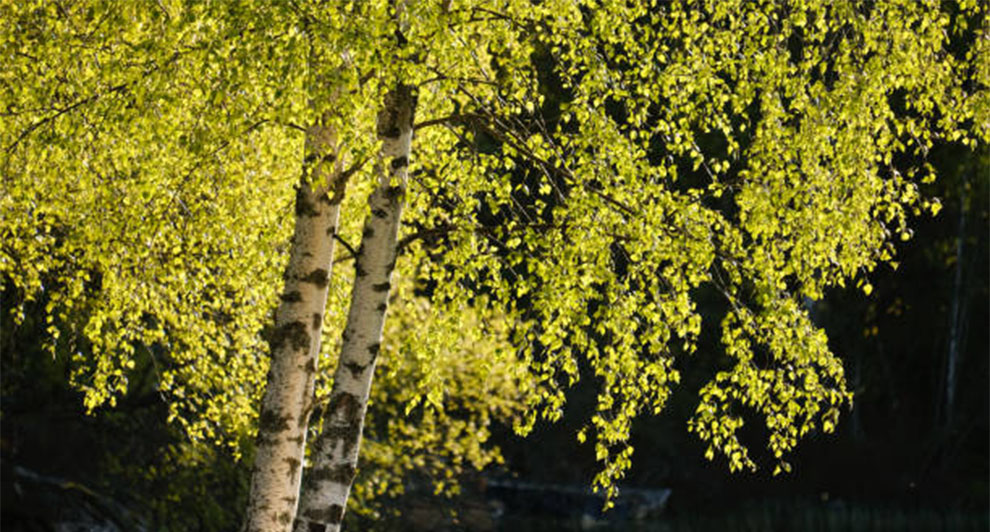When Is The Best Time To Plant A River Birch Tree – Guide For All
The best time to plant a river birch tree is in spring (late March to early May) or fall (late September to early November). Spring offers warm soil and increased moisture, while fall allows for cooler weather and root establishment before winter.

Planting trees can be a rewarding experience, whether you’re a newbie learning about nature or a seasoned professional looking to enhance your landscape.
River birch trees, with their elegant bark and vibrant foliage, are a popular choice among tree enthusiasts.
To ensure your river birch thrives, it’s crucial to know when to plant river birch trees and how to plant them.
It is best to plant river birch trees in spring (late March to early May) for best results. Fall (late September to early November) is an alternative. But, avoid planting river birch in summer due to high temperatures.
Ensure moist, well-draining soil, partial to full sun exposure, and follow proper planting and maintenance practices for success.
River Birch Trees Information
Before diving into the timing of planting river birch tree variety, let’s briefly explore this delightful species.
River birch, scientifically known as Betula nigra, is a native American tree prized for its unique cinnamon-brown bark and graceful canopy of birch leaves.
These deciduous trees are adaptable and well-suited to a variety of environments, making them an excellent choice for many gardeners.
When Is The Right Time To Plant A River Birch Tree

When it comes to nurturing the natural beauty of river birch trees, timing is everything. Understanding when to plant a river birch tree can make all the difference in its growth and vitality.
Let us get to the matter of it and understand when is the best time to do it.
1. Spring is Ideal
For the majority of gardeners in the United States, spring is the optimal time to plant river birch trees.
This is true whether you’re a student planting a tree for a school project or a professional landscaper designing a client’s garden.
The period between late March and early May offers several advantages for tree planting:
- Warmer Soil: Spring temperatures warm up the soil, promoting root growth.
- Increased Moisture: Spring often brings more rainfall, reducing the need for constant watering.
- Minimal Stress: Planting in spring minimizes the stress on the tree, allowing it to establish itself more easily.
2. Fall Planting
While spring is generally preferred, fall is a viable alternative for planting river birch trees. This may be particularly appealing to professionals looking for an extended planting season.
The best time for fall planting is typically from late September to early November. Planting during this period has some advantages:
- Cooler Weather: The cooler temperatures reduce the risk of heat stress on the young tree.
- Reduced Competition: Many deciduous plants are going dormant, which means less competition for resources.
- Establishment before Winter: Fall planting allows the tree to establish some roots before the onset of winter.
3. Avoid Summer Planting
As you plan your river birch tree planting, it’s crucial to avoid the summer months, especially in hot and dry regions of the United States.
The combination of high temperatures and low soil moisture can stress the tree and hinder its establishment.
This is an essential point to remember whether you’re planting birch as just a part of your gardening hobby or as a professional.
Planting Tips for Success

Now that you know when is the best time to plant a river birch tree, let’s delve into some tips to ensure your tree thrives:
1. Choose the Right Location:
- River birch trees thrive in moist, well-draining soil.
- Select a site with partial to full sun exposure for optimal growth.
2. Prepare the Soil:
- Improve soil quality by adding organic matter like compost.
- Ensure proper drainage to prevent waterlogged roots.
3. Planting Depth:
- Dig a hole that is slightly shallower than the root ball but wider.
- Place the tree in the hole, making sure the top of the root ball is level with the ground.
4. Watering and Mulching:
- Water the tree thoroughly after planting and provide regular irrigation.
- Apply mulch around the base of the tree to retain moisture and deter weeds.
5. Pruning and Maintenance:
- Prune dead or damaged branches as needed.
- Monitor for pests and diseases and take appropriate action if necessary.
6. Patience is Key:
- Understand that river birch trees may take a few years to reach their full beauty and size.
Common Doubts About Growing River Birch Trees
Q. What climate do river birch trees grow best in?
Ans. River birch trees (Betula nigra) thrive in temperate to sub-tropical climates with moderate temperatures, consistent moisture, and moderate to high humidity.
They prefer areas with mild to warm summers and relatively mild winters. These trees do well in locations with moist or wet soil, often found near water bodies.
While they can tolerate some shade, river birch trees flourish in partial to full sun exposure, producing their distinctive cinnamon-brown bark and lush foliage in sunnier conditions.
Q. How far apart to plant river birch trees?
Ans. To determine the appropriate spacing for planting river birch trees (Betula nigra), consider their mature canopy width.
River birch trees typically have a canopy spread of 25 to 40 feet (7.6 to 12 meters). To allow them ample room to grow without overcrowding, plant river birch trees at least 25 to 40 feet apart from each other.
This spacing will ensure they have enough space to develop healthy canopies and avoid competition for resources as they mature.
Q. What is the river birch tree’s lifespan?
Ans. River birch trees (Betula nigra) have a lifespan of approximately 40 to 70 years, but with proper care and growing conditions, they can sometimes live longer.
Factors such as soil quality, climate, and maintenance practices can influence the tree’s longevity.
Regular pruning, disease prevention, and providing adequate moisture can help extend the life of river birch trees, allowing them to thrive for several decades.
Related: Lifespan of Birch Trees
In Conclusion…
The timing of planting river birch trees is essential for their healthy growth and longevity.
Apart from the timing, you must know how to plant them, their spacing, and on-going birch care routine.
Spring is generally the best time for both beginners and professionals, while fall offers an alternative for extending the planting season. Avoid summer planting to prevent stress on the tree.
Remember the key principles: choose the right location, prepare the soil, plant at the correct depth, provide adequate water and mulch, and practice proper maintenance.
By following these simple guidelines, you can enjoy the beauty and benefits of river birch trees in your landscape, whether you’re a student or a seasoned professional. Happy planting!
